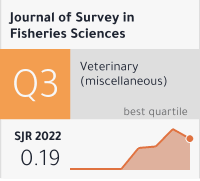A Recent Advances in Use of Plant Growth Regulators in Fruit Crops: A Review
DOI:
https://doi.org/10.53555/g79t7x45Keywords:
Plant growth regulators, fruit crops, auxin, gibberellin, cytokinin, brassinosteroids, CPPU, polyamines, fruit set, quality, postharvestAbstract
Fruit crops are highly responsive to plant growth regulators (PGRs), and their judicious use has become an integral component of modern horticulture. Classical PGRs (auxins, gibberellins, cytokinins, ethylene, abscisic acid) are now complemented by “new-generation” regulators such as brassinosteroids, polyamines, jasmonates, salicylic acid, melatonin, CPPU and various biostimulant-type molecules. Recent advances include precise, crop-specific protocols for improving fruit set, regulating flowering and fruit drop, manipulating crop load, enhancing colour and sweetness, improving size and firmness, synchronizing ripening, and extending postharvest life in mango, grapes, citrus, apple, banana, sapota, berries and other fruit crops. Meta-analyses and systematic reviews confirm significant positive effects of PGRs on fruit set, yield, berry/fruit size and quality when properly dosed and timed. At the same time, there is a strong shift towards new, eco-friendly molecules and integrated use with biostimulants and good agronomic practices. This review synthesizes recent advances (roughly 2017–2025) in the use of PGRs in fruit crops, with emphasis on mechanisms, crop-wise applications, new-generation regulators, and future prospects for sustainable fruit production.









